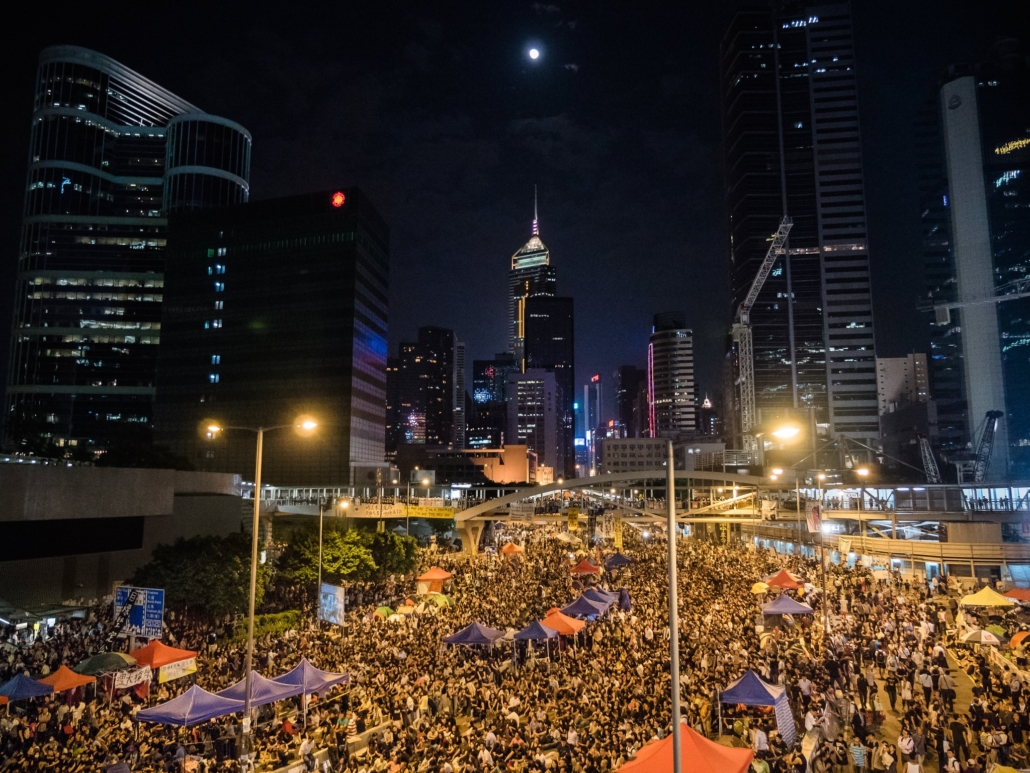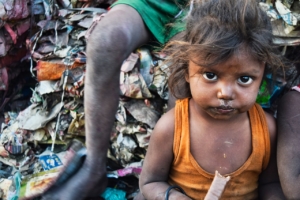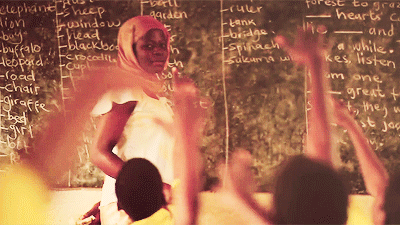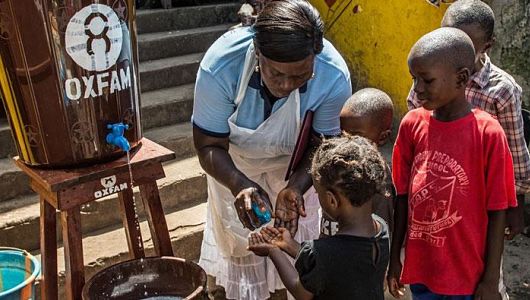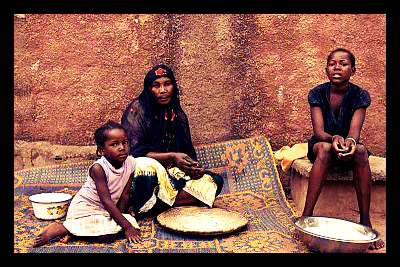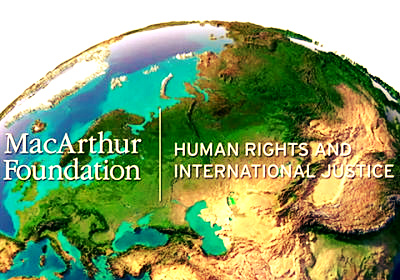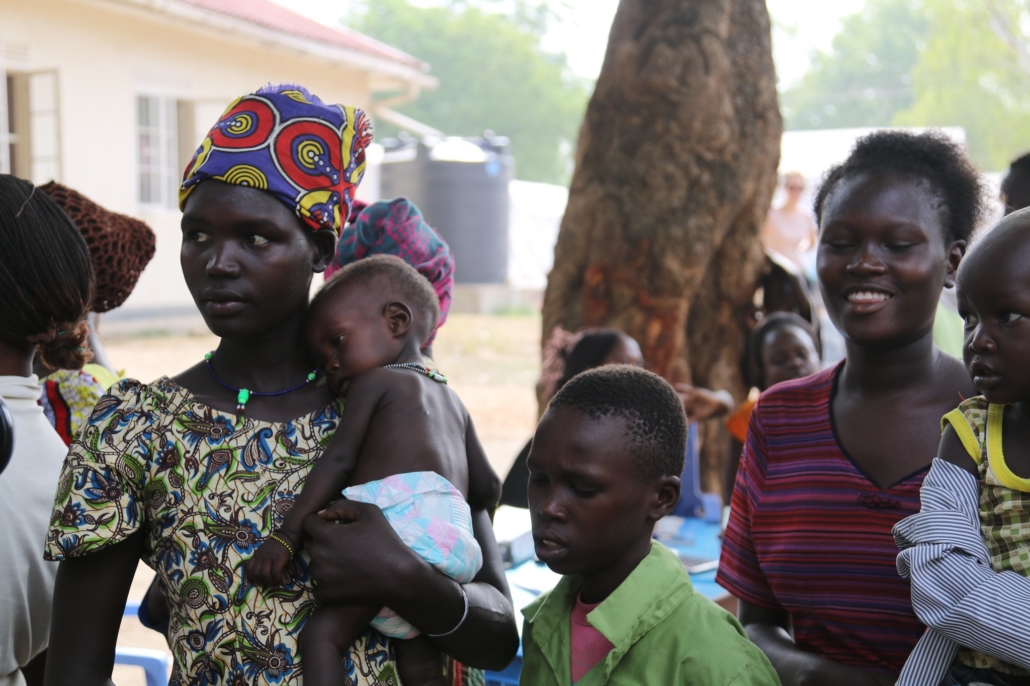
9 Organizations Fighting South Sudan’s Hunger Crisis
- Action Against Hunger: Action Against Hunger is a nonprofit organization that emerged in 1979 in Paris, France. Currently, Action Against Hunger is fighting emergencies in many countries in Africa with South Sudan being a focus area. The nonprofit has been working in South Sudan since 1985 and has focused its efforts on the recent civil war conflict and treating malnutrition. In 2018, it provided nutrition and other health services to 178,000 people; 46,607 children received malnutrition screenings and 3,250 obtained treatment in hard-to-reach-areas.
- International Medical Corps: International Medical Corps is a nonprofit that has been working in South Sudan since the mid-1990s. It provides seeds, tools and food to families in need to support a better livelihood as well as 24-hour stabilization centers that provide health care services. The organization works in five of the country’s 11 states providing outpatient and inpatient treatment for acute malnutrition. Nutrition programs are in Unity, Jonglei, Upper Nile, Central Equatoria and Western Bahr-el Ghazal states and have implemented a blanket supplementary feeding program to prevent malnutrition in countries children.
- Save the Children: Save the Children is a U.S.-based nonprofit that has been working to better the lives of children all over the world since 1932. It provides food assistance following natural disasters, builds economic and food security within communities, strengthens socio-economic conditions and gives youths the means and information to earn a sustainable income. In South Sudan, Save the Children is the lead provider in six of 11 states with 61 primary health care facilities, 45 outpatient centers and 58 feeding programs for infants and children suffering from malnutrition. Over the years, it has given 466,579 children vital nutrition.
- International Rescue Committee: The Emergency Rescue Committee and the International Relief Association created the International Rescue Committee in 1942, joining forces. The organization has been working in South Sudan since 1989 but has doubled its efforts since the country gained independence and civil war followed quickly behind. It mainly works in the Central Equatoria, Northern Bahr el Ghazal, Unity and Lakes states where it has opened health clinics and is providing nutrition and sanitation services to the communities. In 2018, the International Rescue Committee assisted 900,000 people in South Sudan.
- World Food Programme: The World Food Programme is the leading organization dealing with food assistance and providing communities with the ability to improve nutrition. Established in 1961, the World Food Programme works in over 83 countries a year. The first development program launched in Sudan and since then food assistance has increased over the years. The organization works to deliver food to hard-to-reach communities, provide school meals and treat malnutrition in children throughout the country with the help of 12,000 nutrition volunteers in South Sudan; in 2019, it assisted 5 million people.
- World Food Program U.S.A.: The World Food Program U.S.A. is a United State-based nonprofit that came into being in 1995. It has a partner in the United Nations World Food Programme. World Food Program U.S.A. works with U.S. policymakers, corporations and foundations to fight global hunger. The organization provides funding for the use of air-drops, all-terrain vehicles and river barges to get food to people. An average of eight air-drops, which can feed 2,000 each, occur in South Sudan. Also, it uses blockchain technology, called Scope, to monitor nutrition success cases. Over 1.4 million people have registered in the system.
- Humanity and Inclusion: Humanity and Inclusion, previously known as Handicap International, emerged in 1983. This nonprofit works with the disabled and handicapped communities within places facing extreme poverty, disaster and conflict. It provides services, rehabilitation and nutrition health information. Humanity and Inclusion has worked in South Sudan since 2006. The facilities had to close in 2013 due to the civil war, but have returned and now focus their efforts on rehabilitation of the country’s disabled or injured. Humanity and Inclusion work in South Sudan states Yambio, Lankien, Malakal, Bor, Bientu and Yida.
- Care: Care started out in 1945 and works to aid communities in emergencies. It also helps farmers, fishers and pastoralists ensure the nutrition of their families. Care has been working in South Sudan since 1993. The organization delivers emergency food assistance with care packages including sorghum, lentils and cooking oil. It also provides agricultural support, cash and environmental awareness-raising training.
- Oxfam International: A group of independent organizations founded Oxfam in 1995. Oxfam works to help fight global poverty worldwide, and it supports over 500,000 people in South Sudan. The organization provides emergency food distribution centers and clean, safe water to communities. In 2017, Oxfam built a solar-powered water treatment plant that reaches 24,000 people within the state of Juba. It also provides families with assets like livestock, tools, seeds and fishing gear to help people provide food for themselves, and give training on better farming methods.
South Sudan’s hunger crisis is a man-made tragedy and 60 percent of the population still faces severe hunger. Still, South Sudan is a great example of humanitarian action making a tremendous impact on communities. South Sudan has avoided famine with the help of many organizations providing food assistance, emergency aid and ways to have a better livelihood.
– Taylor Pittman
Photo: Flickr

